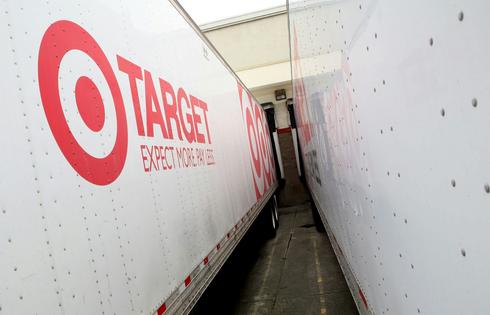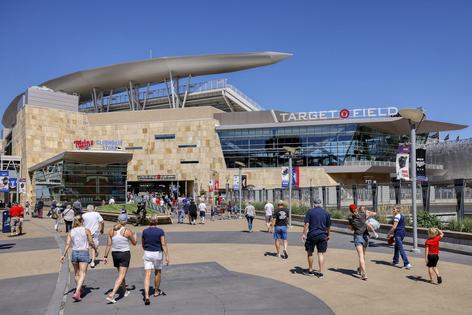Large retailers don’t have smokestacks, but they generate a lot of pollution − and states are starting to regulate it
Published in Science & Technology News
Did you receive a mail-order package this week? Carriers in the U.S. shipped 64 packages for every American in 2022, so it’s quite possible.
That commerce reflects the expansion of large-scale retail in recent decades, especially big-box chains like Walmart, Target, Best Buy and Home Depot that sell goods both in stores and online. This has led to the growth of distribution centers that fulfill these orders. While mail-order commerce is convenient, these centers also have harmful impacts, including traffic congestion and air and water pollution.
I study environmental history, and I am part of a group of scholars examining the environmental impacts of big-box stores like Walmart, Target, REI and Bass Pro Shops. Sustainability is a hot topic in the retail sector, but my research on the history of Target – the sixth-largest retailer in the U.S. – shows how retail companies have largely escaped the kinds of environmental regulations that affect other sectors such as manufacturing.
Doing business on Target’s scale, with US$108 billion in sales in 2022, creates a big physical footprint. The company has nearly 2,000 stores in the U.S. that cover over 240 million square feet of retail space, not including parking lots. Its 55 supply chain facilities add an additional 60 million square feet. For perspective, 1 million square feet is slightly larger than 15 football fields.
Target, which originated as a dry goods company in 1902, has been a leading retail voice for over a century. The company played a prominent role in the 1970s as Congress expanded federal power to regulate air pollution nationwide under the Clean Air Act of 1970.
This law gave the Environmental Protection Agency broad authority to identify and regulate air pollutants and to set air quality standards that would protect public health. To meet those standards, in the mid-1970s lawmakers and regulators considered adopting transportation controls that could address indirect pollution sources – entities that did not generate air pollution themselves but attracted large numbers of sources, such as cars and trucks, that did. Examples included airports, highways, sports stadiums and shopping centers.
Target’s parent company, Dayton Hudson, operated numerous shopping centers and other retail chains. One of its executives, George Hite, was a leading spokesperson against regulating indirect pollution sources.
From 1974-1977, Hite testified on behalf of large retail trade groups during a series of congressional hearings, arguing that the proposed regulations were unfair and would undercut sound planning. Hite asserted that because shopping centers were one-stop destinations for consumers, they actually reduced air pollution from consumers’ trips.
Ultimately, indirect source regulations did not become part of the Clean Air Act amendments of 1977. As a result, retail continued to expand, unconstrained by major federal environmental laws.
Big-box discount stores like Kmart, Walmart and Target began outcompeting shopping centers in the 1980s because of their low prices and convenience. The biggest chains expanded nationally, driving many smaller local stores out of business.
...continued











Comments